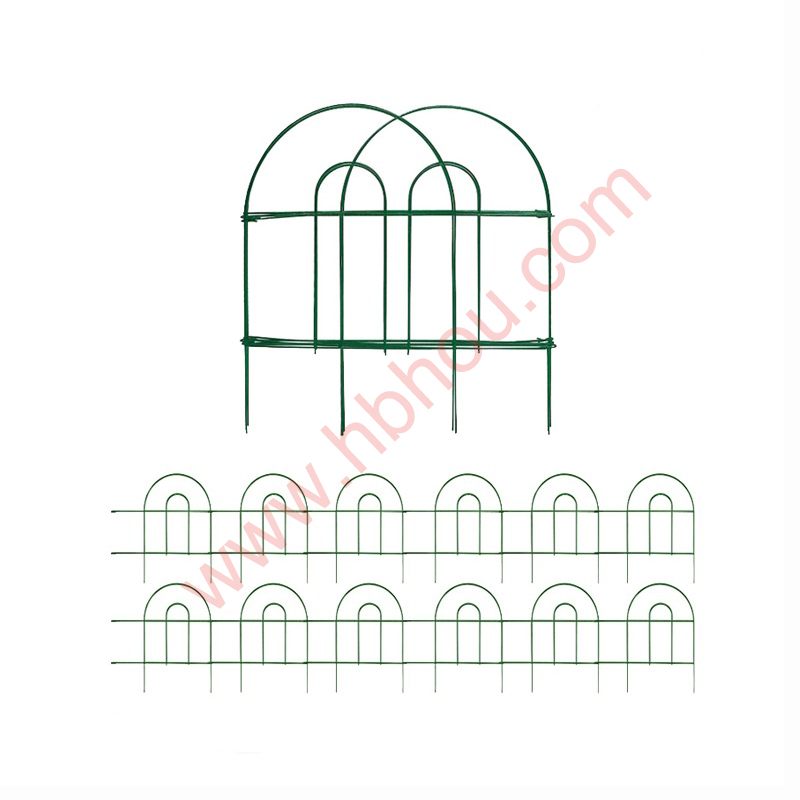The Versatile Applications of Hex Wire Netting
Hex wire netting, commonly referred to as hexagonal wire mesh, is a versatile and widely used material in various industries and applications. Known for its distinctive hexagonal pattern, this type of wire netting can be crafted from various metals, with galvanized steel being one of the most popular choices due to its excellent corrosion resistance. As we explore the many uses and benefits of hex wire netting, it becomes clear why it has become a staple in both agricultural and industrial sectors.
One of the primary applications of hex wire netting is in agriculture. Farmers often use it to construct protective barriers for gardens and crops. These barriers effectively keep out small animals such as rabbits and birds, which can be detrimental to newly planted seeds and growing vegetation. The hexagonal design of the netting allows for excellent visibility while still providing a secure enclosure. Additionally, farmers can use hex wire netting for creating enclosures for poultry, as it prevents larger predators from accessing chickens and other livestock.
In the construction industry, hex wire netting plays a crucial role as well. It is often used as reinforcement in masonry and plastering applications to provide additional strength and stability to structures. The hexagonal shape distributes weight evenly, reducing the risk of cracks and improving the overall durability of walls and pavements. Builders frequently use hex wire mesh in the construction of retaining walls and for erosion control on sloped terrains. Its lightweight nature makes it easy to handle and install, further enhancing its appeal in construction projects.
Hex wire netting is also prevalent in the home improvement sector, where it is utilized in DIY projects for decorative purposes. Gardeners and hobbyists use the netting to create trellises for climbing plants, supporting tomatoes, beans, and various flowers. The mesh can be painted or left in its natural metallic state, allowing for versatile design options that can complement any garden style. Many people also incorporate hex wire into craft projects, using it to make decorative items such as wall art or customized storage solutions.
hex wire netting

Beyond agriculture and construction, hex wire netting finds utility in the field of wildlife conservation. It is commonly used to create wildlife protection zones and to establish safe habitats for endangered species. By preventing poaching and minimizing human-animal conflict, hex wire mesh effectively contributes to conservation efforts. Bird conservationists utilize hex wire netting to create protective structures around nests, ensuring that young birds can thrive without the threat of predation.
Furthermore, hex wire netting is frequently employed in fencing applications. Its robust nature and flexible design make it an excellent choice for fencing around properties, providing security without obstructing visibility. Many homeowners use it as a cost-effective alternative to solid fencing materials. The netting can be installed easily and is often combined with wooden or metal posts for added stability.
Finally, the sustainable aspects of hex wire netting cannot be overlooked. As awareness of environmental issues grows, many manufacturers are focusing on producing hex wire mesh from recycled materials. This not only reduces waste but also promotes eco-friendly practices within industries that rely on fencing and netting materials.
In summary, hex wire netting is a multifunctional material with a myriad of applications across various sectors, including agriculture, construction, wildlife conservation, and home improvement. Its unique design, durability, and overall affordability make it a preferred choice for many professionals and DIY enthusiasts alike. As industries continue to evolve, the demand for innovative materials like hex wire netting is likely to grow, cementing its position as an essential tool for a sustainable future.
















